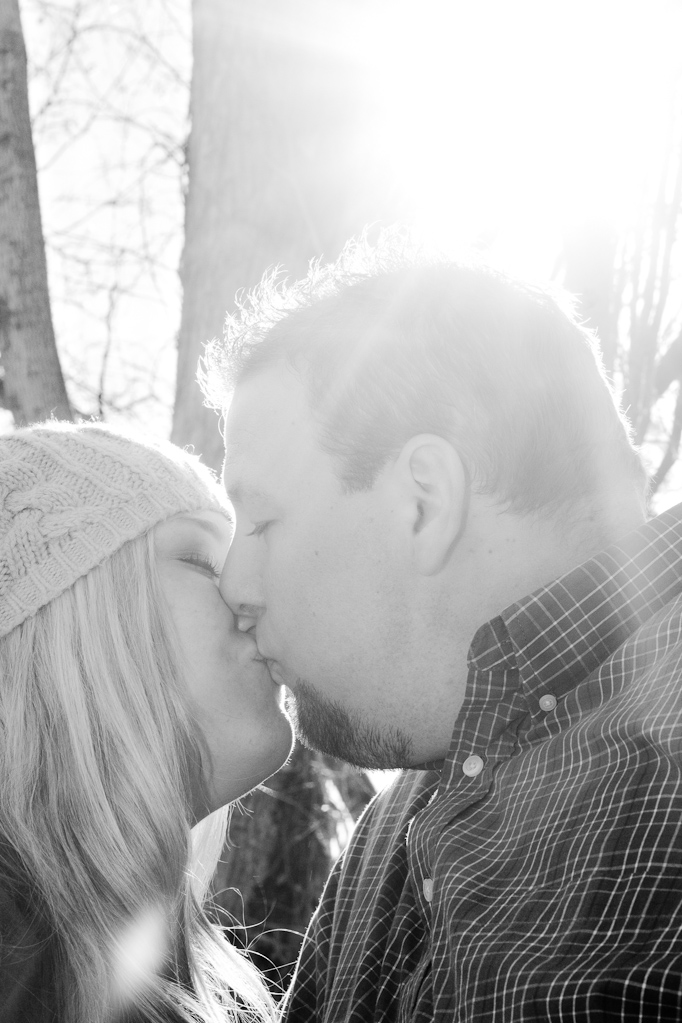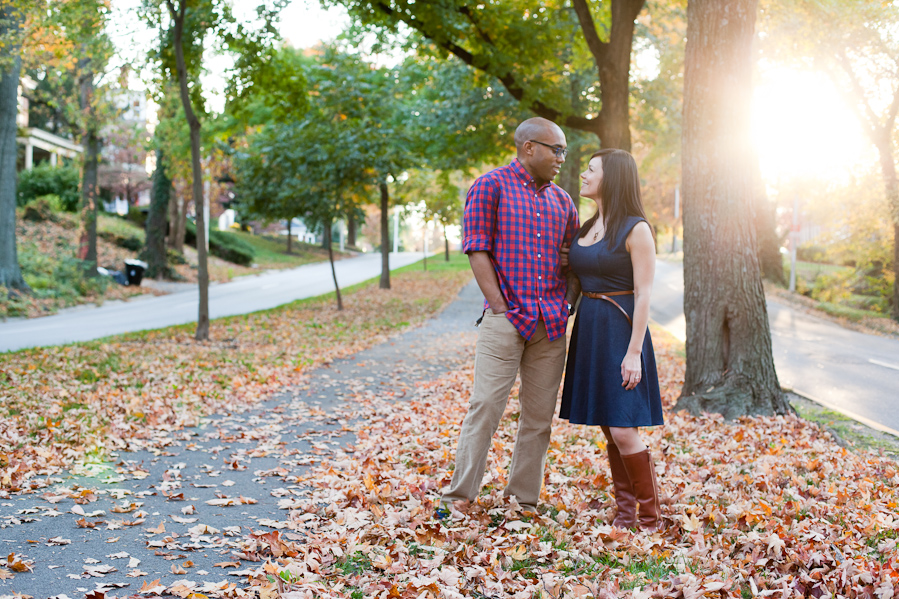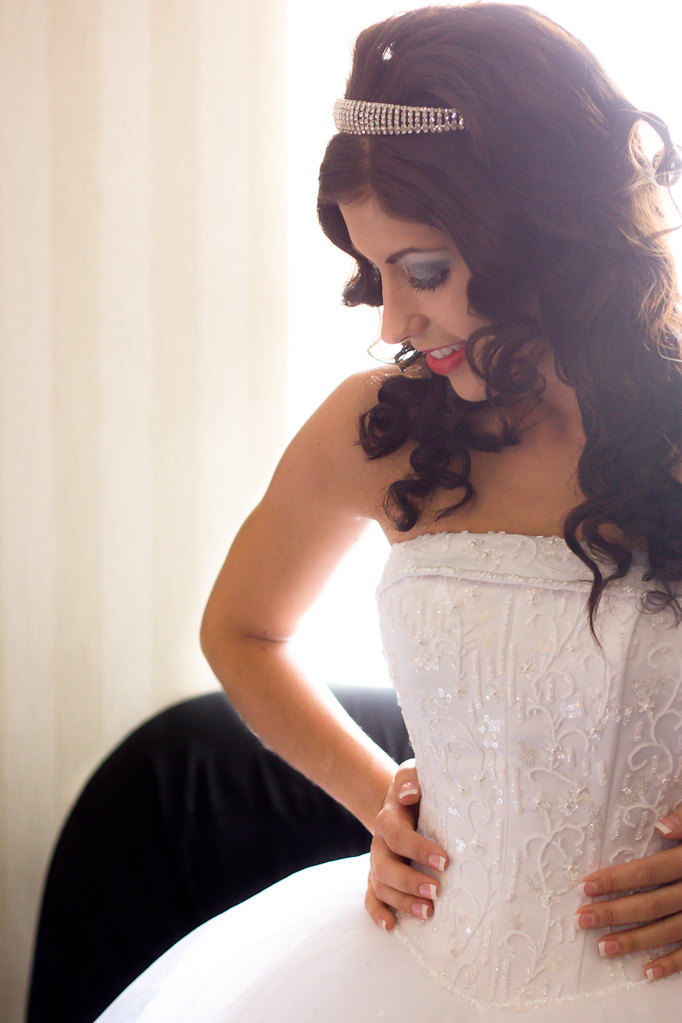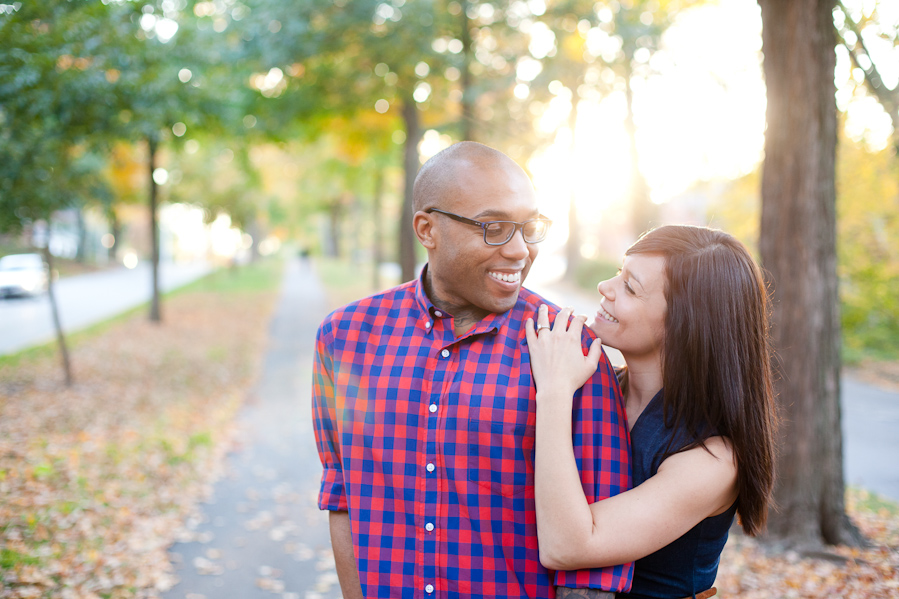Happy Friday!! I hope everyone is staying warm! It’s currently 23 degrees here in Charlotte and we have a winter advisory! I’d like to talk a little bit about flare. It’s one of my favorite things to play with! You can have just a little or a whole lot and it can add a different perspective to your photos. The amount of flare is completely up to you and your taste!
Let’s talk about what flare actually is. Technically speaking fare is something that is actually incorrect. It is when non-image light (extra light that’s not part of your subject or scene) comes into the lens, bounces around and then hits the sensor. Those lens hoods that you place on the end of your lens are used to avoid flare from happening because they don’t allow the light to bounce around. But when used correctly, flare can add something magical to your photos!
Achieving flare isn’t difficult but there are a few things to keep in mind:
When to get good flare:
This image was the first time I intentionally added flare to a portrait. I had to lay down on the ground and shoot up at my subjects. It was not an ideal situation. I think that for me, the best time of day to get good flare is in the morning or evening when the sun is low in the sky. It’s much easier to get the sun behind your subject and you don’t have to lay on the ground!
Exposure:
Exposing correctly for your subject can be tricky. You need to shoot in manual mode because if you shoot in any of the auto modes your camera will want to compensate for the bright light coming into your camera by darkening down the entire scene. When you are in manual mode and exposing for the whole scene your light meter will flash +2, which is telling you that your image will be overexposed. I recommend coming in close to your subject, exposing for their face, then composing your shot and refer to your histogram to make sure your subjects face is bright but not overexposed. You’ll want to turn on your camera’s highlight indicator so that it will flash what in you image is overexposed. You just want to make sure that the face isn’t blinking, but it’s ok for your background to be.
Focusing:
Your camera’s auto focus needs contrast to correctly focus but with so much light coming in through the lens it will be close to impossible. The technique I use to get correct focus may not be the best but it works for me! I cover the top of my lens with my hand to block out the sun, use the center focus point to lock focus on my subject, recompose, then shoot! 

You don’t have to have the sun to achieve flare. You can use artificial light to achieve some pretty cool effects at a reception. I will be doing a Friday How To on off camera lighting at a reception. Look for that sometime in the near future!
